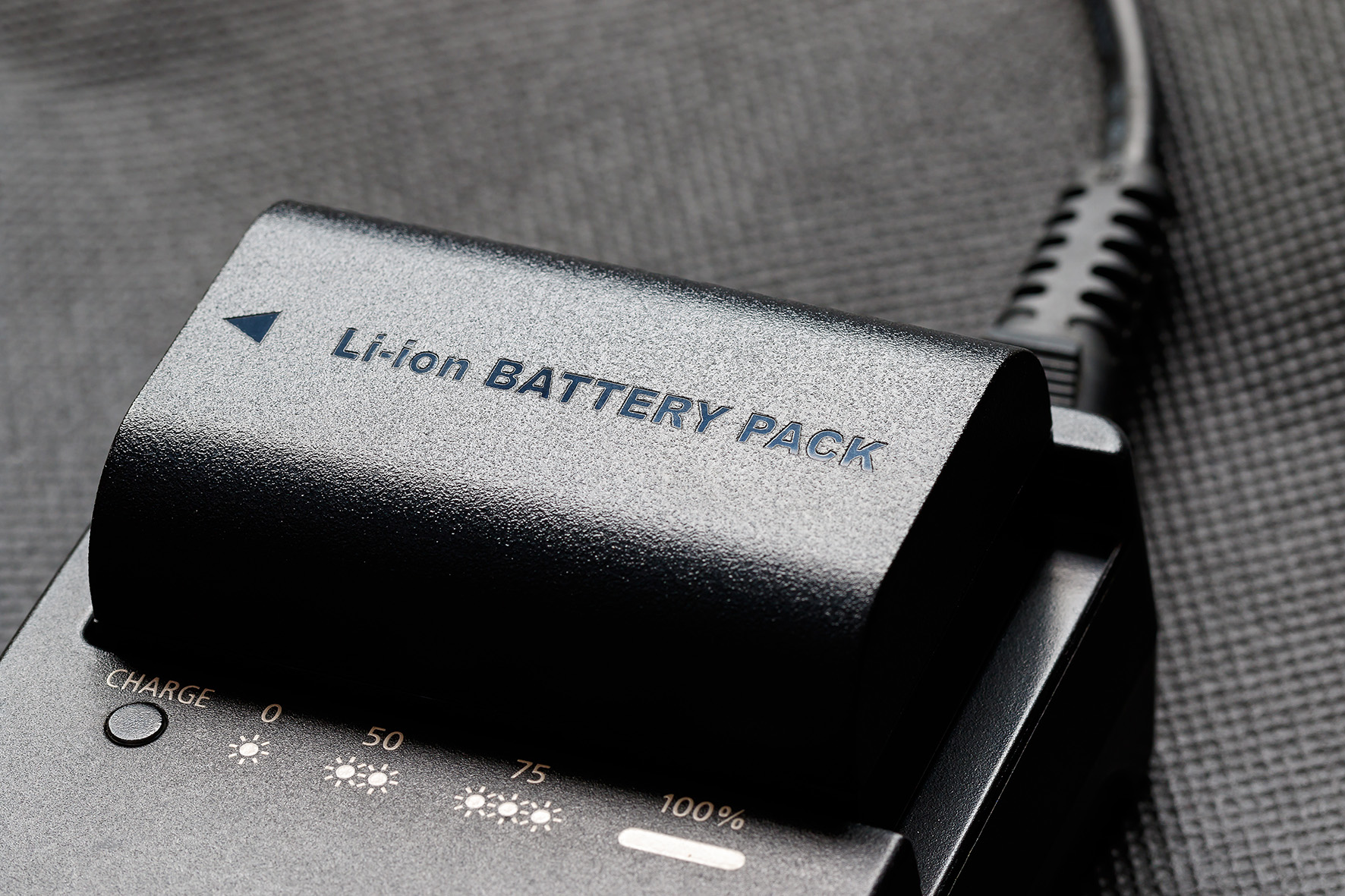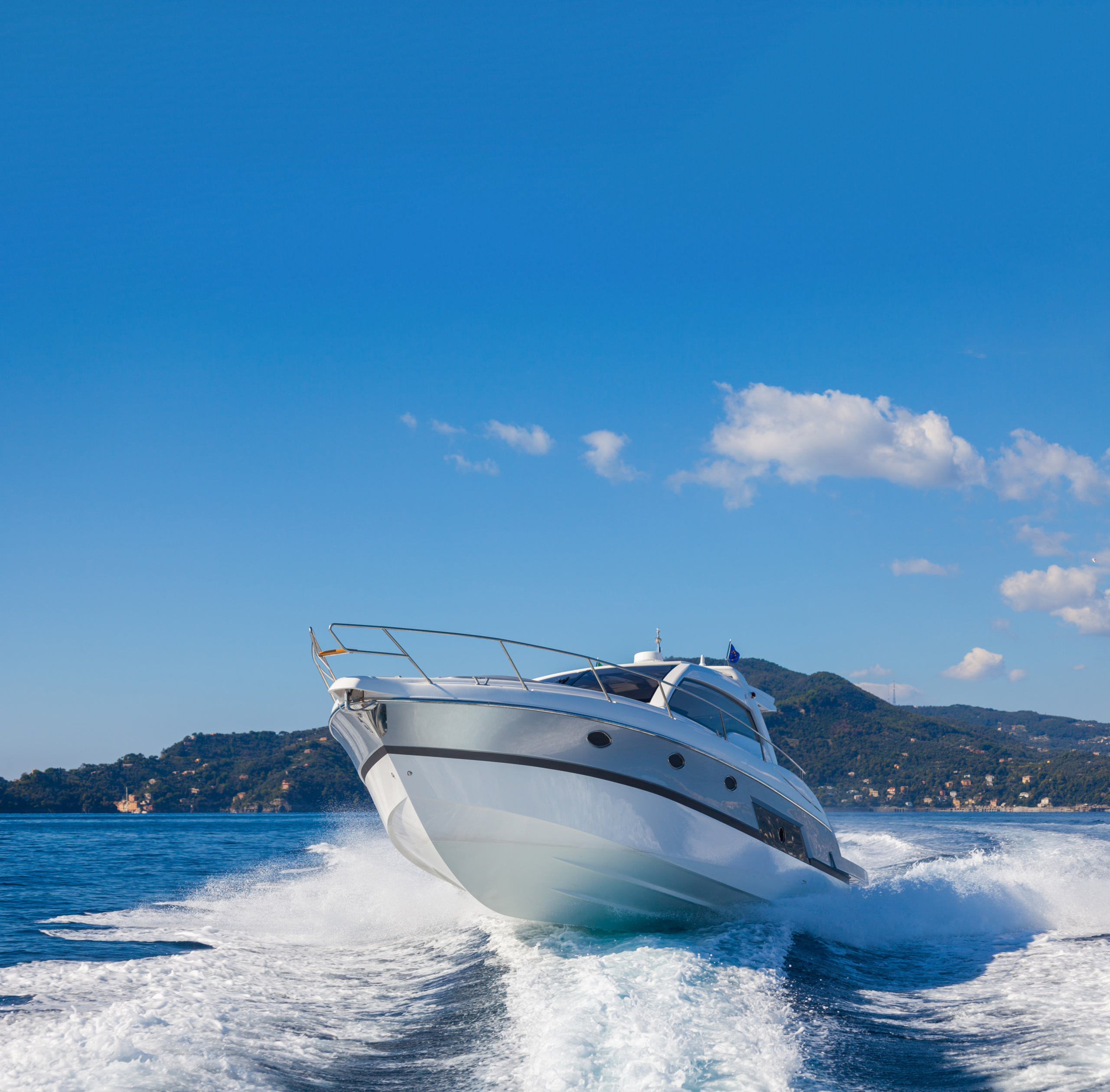
MARK HALVERSON, EXECUTIVE MANAGER STATE FIRE SAFETY SECTION, QUEENSLAND FIRE DEPARTMENT, SHARES SOME KEY LITHIUM-ION BATTERY SAFETY ADVICE TO HELP YOU MITIGATE THE RISK OF A LITHIUM-ION BATTERY FIRE OCCURRING ABOARD YOUR VESSEL.

-
- Lithium-ion battery powered devices don’t pose an increased risk if devices are maintained in good working condition and people follow some basic rules. From a fire service perspective, the vast majority of lithium-ion battery fires we’ve seen have been caused by human error.
- Many of these simple rules that should be followed are almost all related to battery charging. Ensure that the charger you use to charge your particular device is the specific charger that’s recommended by the manufacturer. If you buy a quality product from a reputable retailer, you can be confident that the correct charger will be supplied with that product. However, if you buy a discount replacement charger online you need to be very aware where that product is coming from.
- The above also applies to borrowing chargers from friends or family. Just because a charger can physically connect into the charging port of a device or the lithium-io n battery pack, doesn’t mean that it is the correct charger for that device. So always check the manufacturer’s recommendations.
- Damaged batteries also present a fire risk. If there are any signs that a battery has damage to it absolutely do not charge it – have it checked by a battery professional instead.
- Never charge a lithium-ion battery when a device is hot. Always give the battery time to cool after use rather than connecting it to a charger immediately. Similarly, never charge a lithium-ion battery powered tool or device in direct sunlight, such as on the deck of your boat.
- Another key factor is water ingress. Never charge a battery anywhere where water could potentially penetrate. Salt water in particular is an important risk to be aware of for any lithium-ion-powered tool or device that is taken onboard a boat.
- Don’t put a lithium-ion powered tool on charge and leave it unattended on your boat. Certainly, never charge a lithium-ion battery onboard overnight while people are sleeping in their cabins.
- Under no circumstances attempt to do ‘home modifications’ to increase the power capacity of lithium-ion battery packs. We have seen many examples of this in recent times where people’s attempts at home modifications to their lithium-ion batteries have caused fires.
- Skippers should ask their passengers about any lithium-ion powered devices they may be bringing onboard. Can they assure you there’s been no home modifications made to the batteries and that the products were purchased from a reputable retailer?
- The nature of lithium-ion technology and chemistry means fires can escalate very rapidly. What might appear in the first instance to be overheating, a crackling noise, usual odour or changes to the shape of the battery, could quickly escalate into a serious fire or in extreme circumstances even an explosion.

- Always maintain oversight while charging lithium-ion batteries so you can spot any of these warning signs within the early stages. If you do see any of these warning signs immediately disconnect the charger from the power if it is safe to do so. If there’s any sign of smoke, evacuate and call 000 [if you are based within Australia or 111 in New Zealand].
- Personal safety is absolutely paramount with any type of fire. It is strongly recommended that people don’t attempt to fight lithium-ion battery fires themselves.
- Put simply: the fire extinguishers you may have onboard your boat or within your home are typically not effective in fighting lithium-ion battery fires. In the future, extinguishers for lithium-ion battery fires may be developed, but current extinguishers are typically not effective.
- Within larger lithium-ion battery powered devices and tools, there are a large number of battery cells contained within the battery pack, which is also sealed. So, putting water or any other extinguishing medium on the outside of the battery pack itself is unlikely to be effective when the heat is being generated from within.
- It’s also important to be aware of the potential for re-ignition of lithium-ion battery fires. We’ve seen cases where people thought they had effectively extinguished a small fire themselves but were unaware of the heat that remained within. All lithium-ion batteries can be prone to re-ignition minutes or hours later or even the following day. Be aware that re-ignition is a real risk and always call your local fire service so they can take appropriate action.
- Toxic fumes also present a significant safety risk with lithium-ion battery fires, and these fumes are likely to be present even if there’s a minimal amount of smoke or no other smoke present. Toxic fumes are clearly highly dangerous to humans, especially anybody who is onboard in a confined area. So, we strongly recommend people evacuate themselves and anyone else in the vicinity immediately to fresh air and then call 000 [if you are based within Australia or 111 in New Zealand].
- The number one takeaway tip is don’t attempt to extinguish lithium-ion battery fire yourself. If you see those warning signs in the early stages of the charging process, whether that is a sign of overheating, swelling or a cracking noise, disconnect the power if possible to do so safely, but still call the fire service because that’s what we are there for.
Visit fire.qld.gov.au
Learn more about lithium-ion battery safety
For boating news, features and interviews, subscribe to Nautilus Marine Magazine here.
Lithium battery resources for Marinas and Yacht Clubs
Download full Lithium article
Preview Marinas A2 Poster
Preview Marinas Flyer
If you are a marina or yacht club and a member of the Marina Industries Association, you can request an initial order of Lithium Awareness information in the form of an A2 poster and a flyer. For subsequent bulk orders, we can supply them with production and postage costs passed on.
Please email (Name of entity, address, key contact, and mobile number) to marketing@nminsurance.com.au

